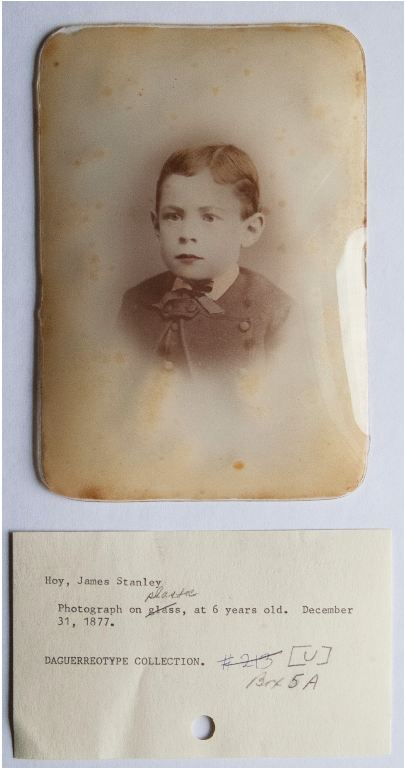After my recent post about discovering the magic of microfilm, I decided that it was fitting to continue adventuring into the seemingly archaic forms of research. With this in mind, I took up another challenge – card catalogs.
For those of you who are unfamiliar with HSP, the Info Commons – the room directly inside the turnstiles – holds an impressive collection of card catalogs with drawers upon drawers of information. However, with the implementation of HSP’s online catalog, Discover, it’s often assumed that the physical card catalog is pretty much obsolete; all the information on the card catalogs can be found online now, right? Wrong.

Card catalogs and Discover can both tell you what information is held in HSP, but my exploration into the physical and digitized card catalogs led me to realize that they are not the same, in part because they don’t always even have the same data. There is more to it, though; card catalogs can be used as a historic resource themselves.
To make my exploration into the medium easier, I began to think of card catalogs in terms of layers of usefulness. As my research progressed, I found deeper and deeper layers of ways that a card catalog could be used to study history.
The first layer was the most obvious. The card catalog is, as its sole purpose, a way to find what information is available for research and where the particular source is available. This is the layer that the card catalog shares with Discover. It is like a phone book for manuscripts.
The second layer digs a little deeper. I realized that the card catalog could be used to better understand the history of HSP as an institution. The cards are written differently and by clearly different people; some are typed, while others are written in cursive. As a product of HSP, they must reflect their makers in some way, and could be used to augment any research about the history of the institution.

James Stanley Hoy portrait and catalog card, Historical Society of Pennsylvania Cased Photographs collection [3139]
In the same vein, but a layer deeper, the cards are a product of their time. Every document produced, from the mundane to the prolific, has historical context attached. From the classification and filing systems to the descriptions, the cards allow us to glimpse into a world of the past. We can see what topics were so sought after that they got their own categories; what people were the most important that they got their own labels; how documents were understood to be useful for research.
While it might be impossible to create an accurate historic analysis using only card catalogs, it’s also important to not overlook the oft forgotten resource. For those of you who can’t make it in to HSP to see the card catalog in person, take advantage of our ever-increasing digitized collection, which can be found at http://hsp.org/collections/about-our-collections/online-card-catalog, thanks to FamilySearch.

